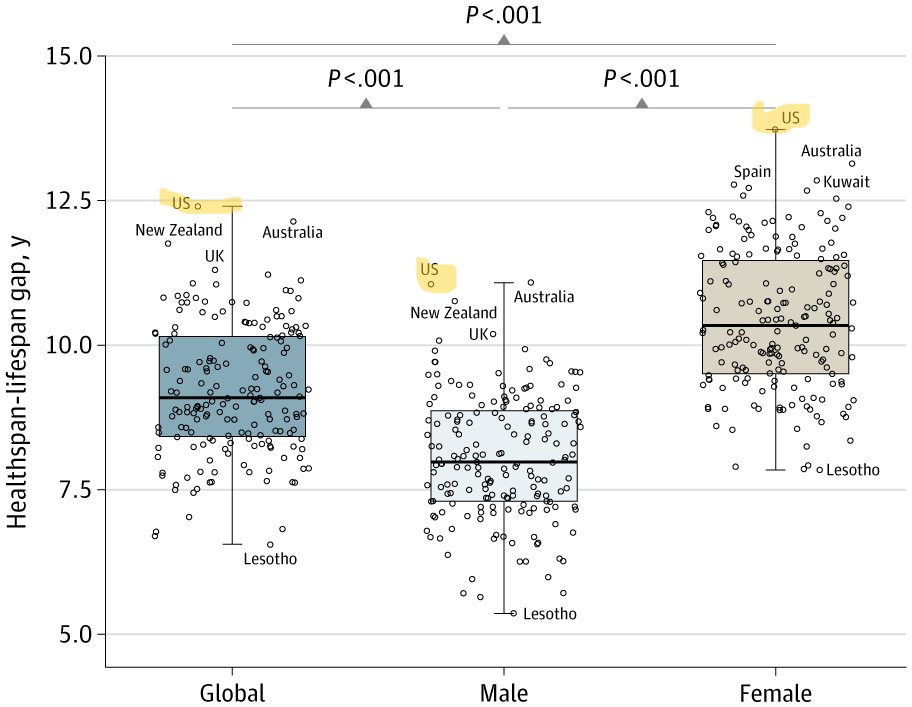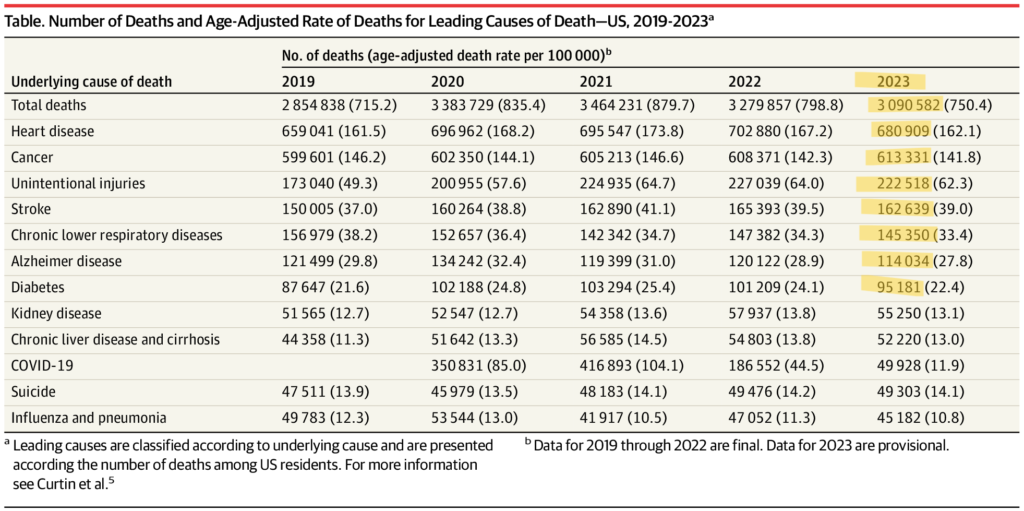In nearly every country in the world, people are living longer and longer each year. The problem is that the number of years of life in good health is declining each year. This is resulting in an increasing gap between length of life and healthy years. It’s called the healthspan gap and it is something that we can reduce dramatically by taking some specific actions.
Takeaways:
- The difference between lifespan and healthspan is called a healthspan gap.
- The healthspan gap is increasing worldwide, but especially in the United States.
- Improving healthspan means focusing on disease prevention and enhancing overall physical fitness.
- Financial wellness plays a significant role in enjoying a longer, healthier life.
- Nutrition is vital; prioritize real food over processed options for better health.
- Investing in mental health and brain vitality can significantly enhance your quality of life.
- It’s essential to aim for life in your years, not just years in your life.
What Is A Healthspan Gap?
Lifespan is the length of time a person lives. Healthspan, on the other hand, is defined as the number of years that someone can expect to live in reasonably good health. Any difference between lifespan and healthspan (healthspan less than lifespan) is called a healthspan gap. Ideally we’d like to have as small a gap as possible. The ideal would be zero gap between healthspan and lifespan, meaning you’d be healthy up until the day you die.
Trends In Healthspan Around The World
A newly released study (December of 2024) shows that over the last 2 decades, life expectancy (lifespan) among the 183 World Health Organization member countries has increased. But, at the same time, the average healthspan has increased LESS than the lifespan. This means that in the last 20 years, the gap between healthspan and lifespan has increased. In other words people are living a smaller percentage of their lives as healthy and vital than they were 20 years ago.
As you can see in the chart below, the average healthspan gap worldwide in 2000 was 8.5 years. In 2019 the healthspan gap increased to 9.6 years.

What About The USA
Here in the US we have the distinction of the largest healthspan-lifespan gap of any of the 183 countries. In male, female, and combined the US has the largest healthspan gap as seen in the chart below:

As you can see, the US has the largest healthspan gap worldwide at nearly 12.5 years for combined as well as individual healthspans. In all cases the healthspan gap in the US is significantly higher than the average (the dark line inside the 3 boxes).
Here’s a chart showing how the healthspan gap in the US has changed over the last 20 years:

How to Reverse the Healthspan Gap Trend
What can we do to close that gap and get our health span closer to our lifespan? When we start looking at how to close that gap, there are two main components that we need to consider.
First is The body. And secondly, the brain. The body refers to physical health and the brain is mental health.
When it comes to the body, reducing the incidence or occurrence of major diseases is probably the single best way to close that gap between healthspan and lifespan.
And, the data does seem to support that. Let’s review the major causes of death in 2023. I think you’ll agree with me that preventing disease is key.
Top 10 Causes of Death in the US in 2023
The CDC (Centers for Disease Control) keeps track of causes of death each year. Their most recent (November of 2024) report contained provisional data on the leading causes of death in the US in 2023.

Out of the top 10 causes of death in 2023, 9 are disease related! The only one not a “disease” is unintentional injuries. All the other causes of death can be tied to some sort of disease. That means if we can reduce or eliminate the occurrence of the disease in the 1st place, or at least delay its onset, we can greatly increase our healthspan!
Areas We Can Improve Our Healthspan
We can’t eliminate all diseases from our life but we can take the initiative to fortify our bodies and brains so that they are healthy, strong and resilient throughout our life. Let’s go through a brief rundown of some of the things we can do, area by area:
Physical Fitness, Strength, Mobility/Stability, and Endurance
Maintaining a strong body, heart and aerobic system through regular exercise is one of the absolute best ways to tilt the odds in our favor when it comes to increasing our health. Exercise is one of the most powerful “drugs” we can take to reduce disease and increase our overall health. A strong and mobile body allows us to remain active for life. A strong body also reduces the chance that we fall and become immobile as we age.
Working on our aerobic base (Zone 2) as well as our aerobic capacity (VO2 Max) help our heart and body endure for the long term by reducing the incidence of almost every bad “metabolic disease” marker like high blood pressure, diabetes, and obesity. The muscle we add through regular strength training provides an important buffer against age-related loss of strength and muscle. The benefits go on and on and you can expect a lot of our discussions in the future will be focused on this.
Emotional Well Being and Brain Health
Becoming intentional about building our brain can keep our brain vital and healthy. Our brains can actually grow because of the workouts we give it. This is called neuroplasticity and refers to the fact that our brains can actually build new neural pathways and connections. Regular exercise is a huge benefit to overall brain health. Studies have shown that exercise releases growth factors that help the brain become stronger.
In addition to exercise and brain building, increasing the enjoyment of life, learning new things and maintaining a healthy outlook is just as important. If our brains are healthy there’s a much better chance that we’re going to enjoy life and increase our health span.
Nutrition and Diet.
This is one of those areas that there’s a lot of argument one way or the other about what’s the best diet versus what isn’t, but what I will say generally, and I think it would be hard to argue with this, is that we should try to eat as much real food as possible. In other words, reduce our intake of processed foods and eat the highest quality food that we can. Basically, eat natural food.
We should prepare the food ourselves whenever possible instead of going out to eat or having pre prepared or processed food. I think that by itself can increase the average quality of our nutrition and diet across the board. But we’ll talk a lot more about different strategies around nutrition and diet. But for now, I think that’s a great place to start.
Financial Wellness
The last thing that we need to consider is financial wellness. Money, ultimately, provides options and those options help ensure that our finances can support us as we live longer and longer. That will make a big difference in our healthspan. In other words, planning for the future, saving an adequate amount of money to take care of projected costs later in life. Staying out of debt, having low financial stress earlier in life, all of that will contribute to increasing our ability to enjoy life farther and farther into life.
Let’s Connect!
Strava: Join The Fitness Roadmap Club on Strava! https://www.strava.com/clubs/thefitnessroadmap Strava is a free to join social media fitness app and The Fitness Roadmap club is where people who use Strava to stay healthy and fit can share their workouts and ideas for living life better. From running, walking, cycling and swimming to rowing, strength training, yoga, and pretty much any other activity, you can join the club and community of like minded “Roadmappers”!
ZWIFT: Another app I use is ZWIFT. It’s an indoor cycling and running app and if you have a membership you can follow me here. If you don’t have a ZWIFT account but you want to check it out you can use this code to get a free 30-day trial.
Concept 2: If you have a Concept 2 rowing machine and/or you just want to see what I’ve been doing on the indoor rower you can follow me here and see all the recent activities I have done.
Send Me a Message: If you have a comment or suggestion for the podcast or website head over to https://thefitnessroadmap.com/contact/ and leave me a message.
Research Links
Here are the links that were referenced in the episode:
